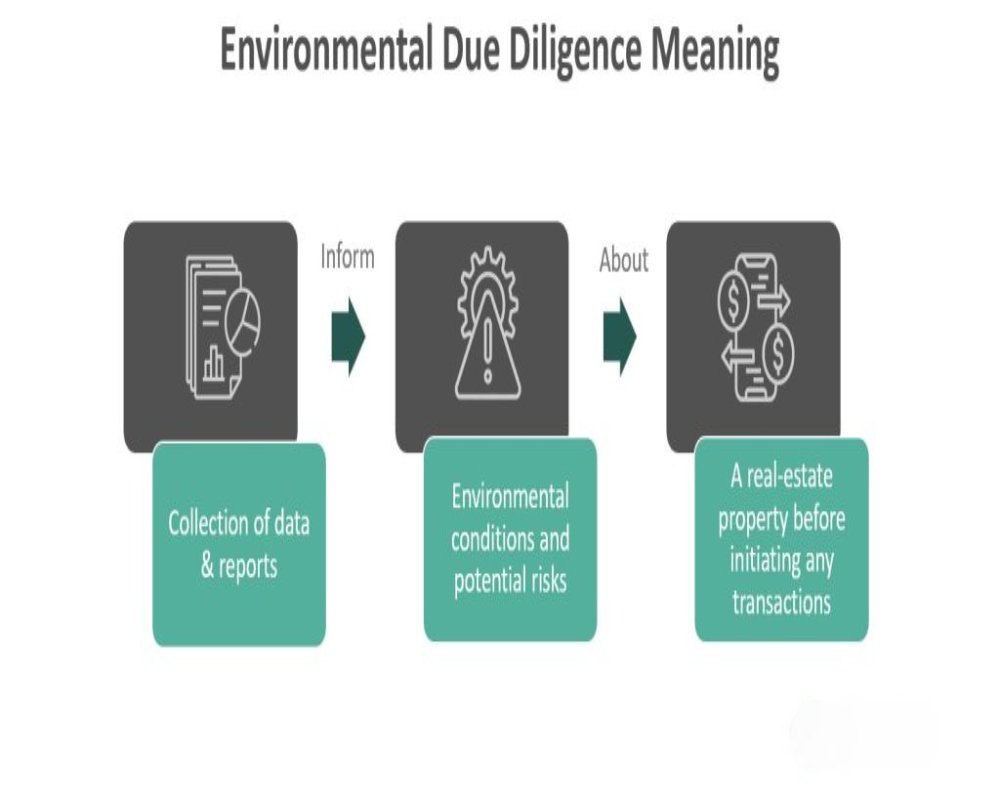Introduction
Environmental due diligence is an essential part of the risk assessment process when acquiring, leasing, or developing land, especially in the industrial, manufacturing, or real estate sectors. It involves a detailed investigation of a site’s environmental conditions to identify any existing or potential liabilities related to pollution, contamination, or regulatory non-compliance. These requirements ensure that a business or investor is aware of environmental obligations and is protected from future legal, operational, or reputational risks. Environmental due diligence is not only a legal safeguard but also a responsible step toward sustainable development and compliance with environmental regulations.
Site History and Land Use Assessment
The first stage of environmental due diligence involves a thorough review of the site’s historical usage. This includes examining previous industrial activities, storage of hazardous substances, chemical usage, waste disposal methods, and any environmental incidents. Historical land use records, aerial imagery, local authority documents, and interviews with past and present occupants provide insights into whether the site poses environmental concerns. A site with a history of heavy industrial activity may require deeper investigation for soil or groundwater contamination.
Environmental Site Assessment (ESA)
An Environmental Site Assessment (ESA) is often conducted in phases to systematically evaluate potential environmental risks.
- Phase I ESA involves a non-intrusive review of site records, visual inspections, and historical data to identify signs of contamination or regulatory violations.
- Phase II ESA is a more detailed and intrusive study that includes collecting soil, water, and air samples for laboratory analysis to detect contaminants such as heavy metals, hydrocarbons, or asbestos.
- Phase III ESA, if necessary, outlines remediation measures for cleanup or risk management of identified hazards.
These assessments form the foundation for making informed decisions about property transactions or development plans.
Regulatory Compliance Verification
An important requirement of environmental due diligence is the verification of all environmental permits, licenses, and approvals required for operations on the site. This includes compliance with local, state, and national regulations such as air and water quality standards, hazardous waste management rules, emissions limits, and effluent treatment requirements. Documents issued by regulatory bodies, including pollution control board clearances and environmental impact assessments (EIAs), must be examined to ensure they are up-to-date and legally valid.
Risk Identification and Liability Assessment
Environmental due diligence must identify any potential risks associated with current or past environmental violations. This includes liabilities for soil and groundwater contamination, improper storage of chemicals, illegal waste disposal, or failure to maintain pollution control systems. Identifying these risks early allows the buyer or investor to negotiate indemnities, allocate responsibility, or plan remediation before finalizing the transaction. Failing to do so may lead to significant financial penalties, cleanup costs, and operational delays in the future.
Impact on Future Development Plans
The findings from environmental due diligence play a critical role in evaluating the feasibility of future development or expansion. Restrictions due to proximity to wetlands, forests, or ecologically sensitive zones may limit construction or require extensive environmental safeguards. Similarly, contaminated land may need remediation before use, impacting timelines and budgets. A site with clean environmental records, on the other hand, accelerates approval processes and attracts environmentally-conscious partners and clients.
Sustainability and Environmental Management Practices
Modern environmental due diligence also includes assessing sustainability practices and environmental management systems of the site or organization. This includes the presence of internal monitoring systems, adherence to global standards (such as ISO 14001), water conservation practices, energy efficiency measures, and waste minimization protocols. Companies increasingly value green certifications and sustainable operating models, making this evaluation relevant for long-term business growth.
Conclusion
Environmental due diligence requirements are a fundamental part of responsible land acquisition and industrial development. By assessing site history, conducting environmental assessments, verifying compliance, and identifying risks, stakeholders can make informed, compliant, and sustainable decisions. In a business environment where environmental responsibility and regulatory scrutiny are growing, conducting thorough environmental due diligence is not just a protective measure—it is a strategic necessity. It ensures that operations begin on a foundation of trust, transparency, and long-term viability.
Hashtags
#EnvironmentalDueDiligence #Sustainability #EcoCompliance #GreenBusiness #EnvironmentalImpact #DueDiligence #SustainablePractices #CorporateResponsibility #EnvironmentalRegulations #RiskManagement #EcoFriendly #SustainableDevelopment #EnvironmentalAssessment #ClimateAction #GreenInvesting #Conservation #EnvironmentalProtection #BusinessEthics #RegulatoryCompliance #EcoAwareness


